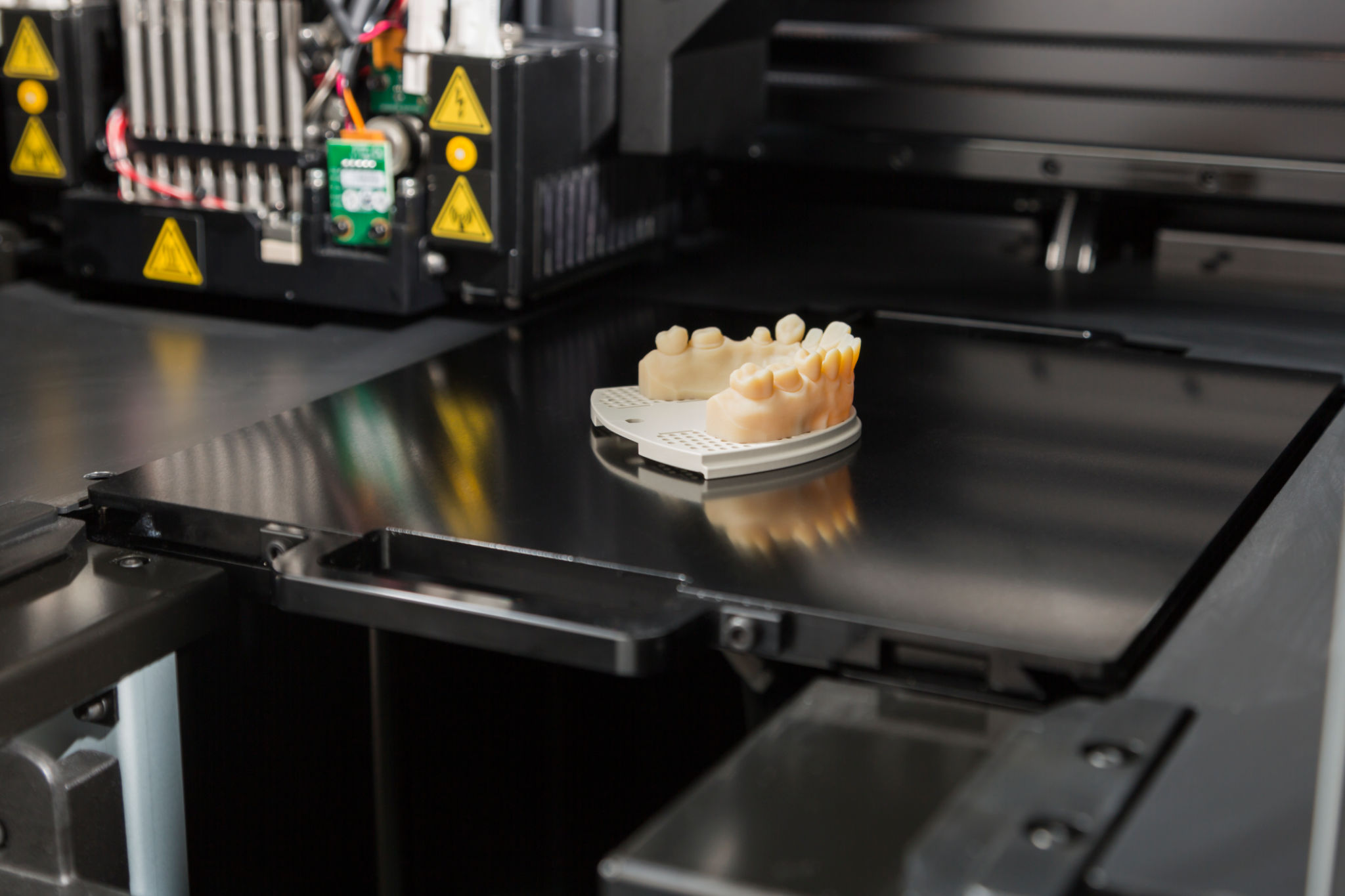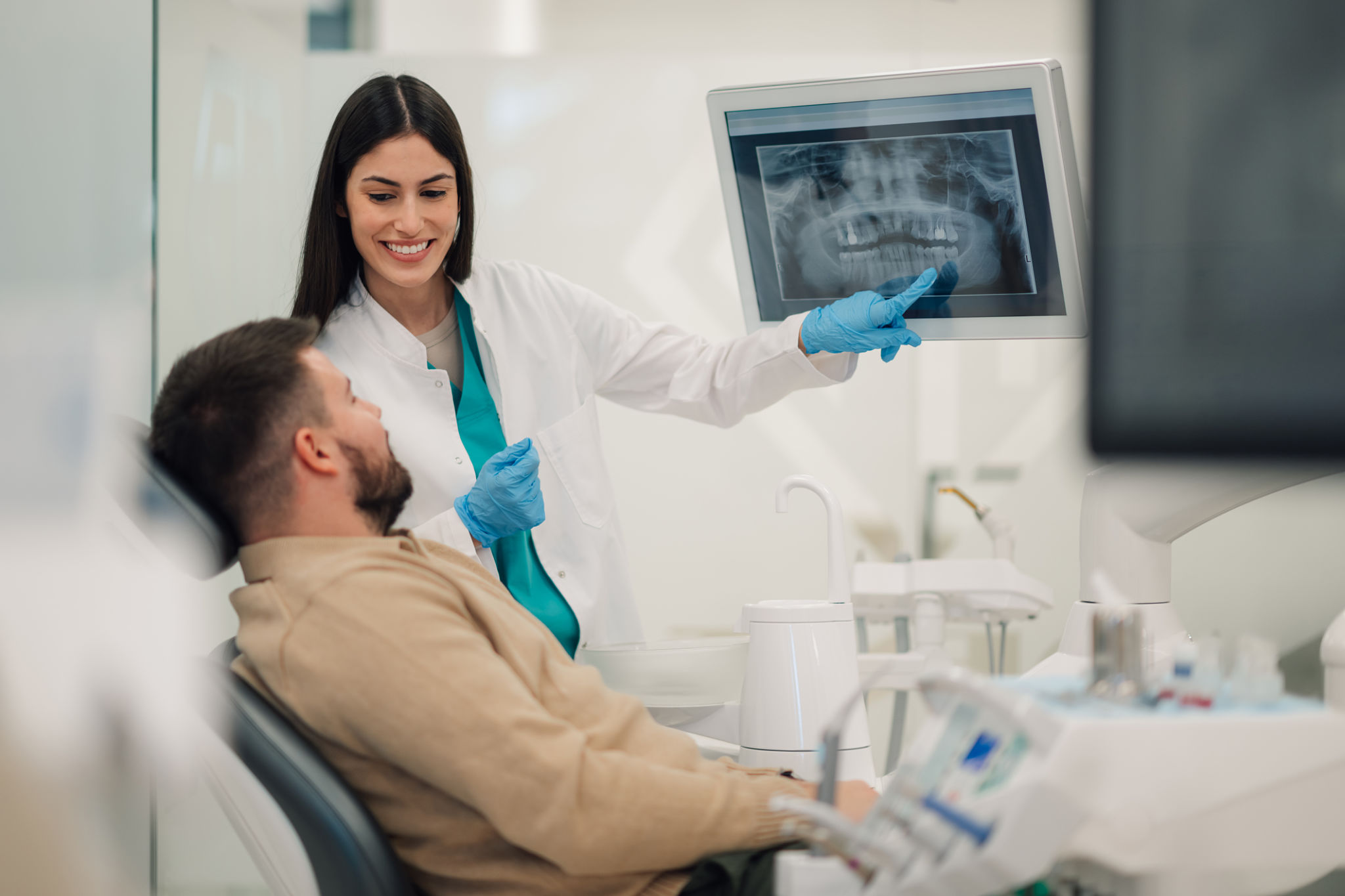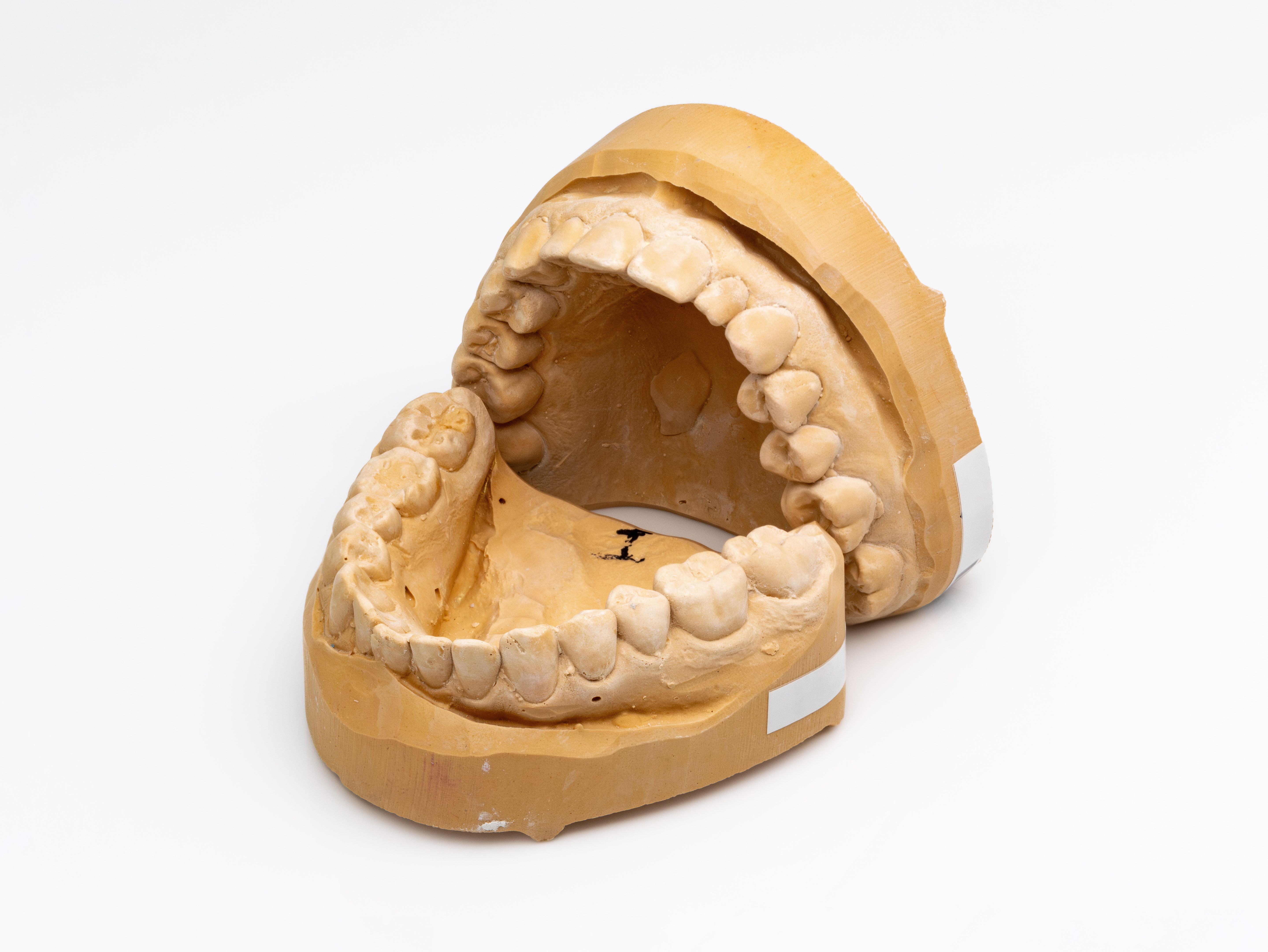How 3D Printed Dental Models Can Increase Treatment Uptake
The Rise of 3D Printing in Dentistry
In recent years, the dental industry has seen a significant transformation, thanks to the integration of cutting-edge technology. One such advancement that is making waves is the use of 3D printed dental models. These models are not only enhancing the precision of dental treatments but are also playing a crucial role in increasing treatment uptake among patients.
The power of 3D printing lies in its ability to create highly accurate and detailed models that can be used for a variety of dental procedures. From orthodontics to implantology, these models are revolutionizing the way dental professionals approach treatments.

Enhanced Patient Communication
One of the significant advantages of using 3D printed dental models is improved communication with patients. Visual aids are incredibly powerful in explaining complex dental procedures. By showing patients a tangible model of their own mouth or the planned procedure, they can better understand the treatment process.
This enhanced understanding often leads to increased patient confidence and trust in the proposed treatment plan. When patients can visualize the outcome, they are more likely to commit to the treatment, reducing hesitation and increasing overall treatment uptake.

Customization and Precision
3D printing allows for the creation of customized dental models that are tailored to each patient's unique anatomy. This level of customization ensures that dental treatments are more precise, leading to better outcomes. For instance, in orthodontics, 3D printed models can be used to design clear aligners that fit perfectly, ensuring effective teeth movement.
Moreover, the precision offered by 3D printed models helps in reducing chair time and minimizing errors during procedures, which is a significant factor in patient satisfaction. When patients experience efficient and effective treatments, they are more likely to recommend the practice to others, further increasing treatment uptake.

Cost-Effective Solutions
While the initial investment in 3D printing technology may seem substantial, it offers long-term cost benefits. Traditional methods of creating dental models can be time-consuming and costly. In contrast, 3D printing streamlines production processes, reducing labor costs and material wastage.
These savings can be passed on to patients, making treatments more affordable and accessible. As a result, patients who might have previously shied away from certain procedures due to cost concerns are now more inclined to proceed with treatment.
Boosting Practice Reputation
Implementing advanced technology such as 3D printing can significantly enhance a dental practice's reputation. Patients are increasingly looking for practices that offer modern techniques and innovative solutions. By incorporating 3D printed models into their services, dental practices can position themselves as leaders in the field.
This reputation boost not only attracts new patients but also retains existing ones. When patients feel they are receiving state-of-the-art care, they are more likely to return for future treatments and recommend the practice to others.
Conclusion
The integration of 3D printed dental models into treatment planning is a game-changer for both dental professionals and patients. By enhancing communication, ensuring precision, offering cost-effective solutions, and boosting practice reputation, these models are significantly increasing treatment uptake. As technology continues to evolve, the potential for even greater advancements in dental care remains promising.